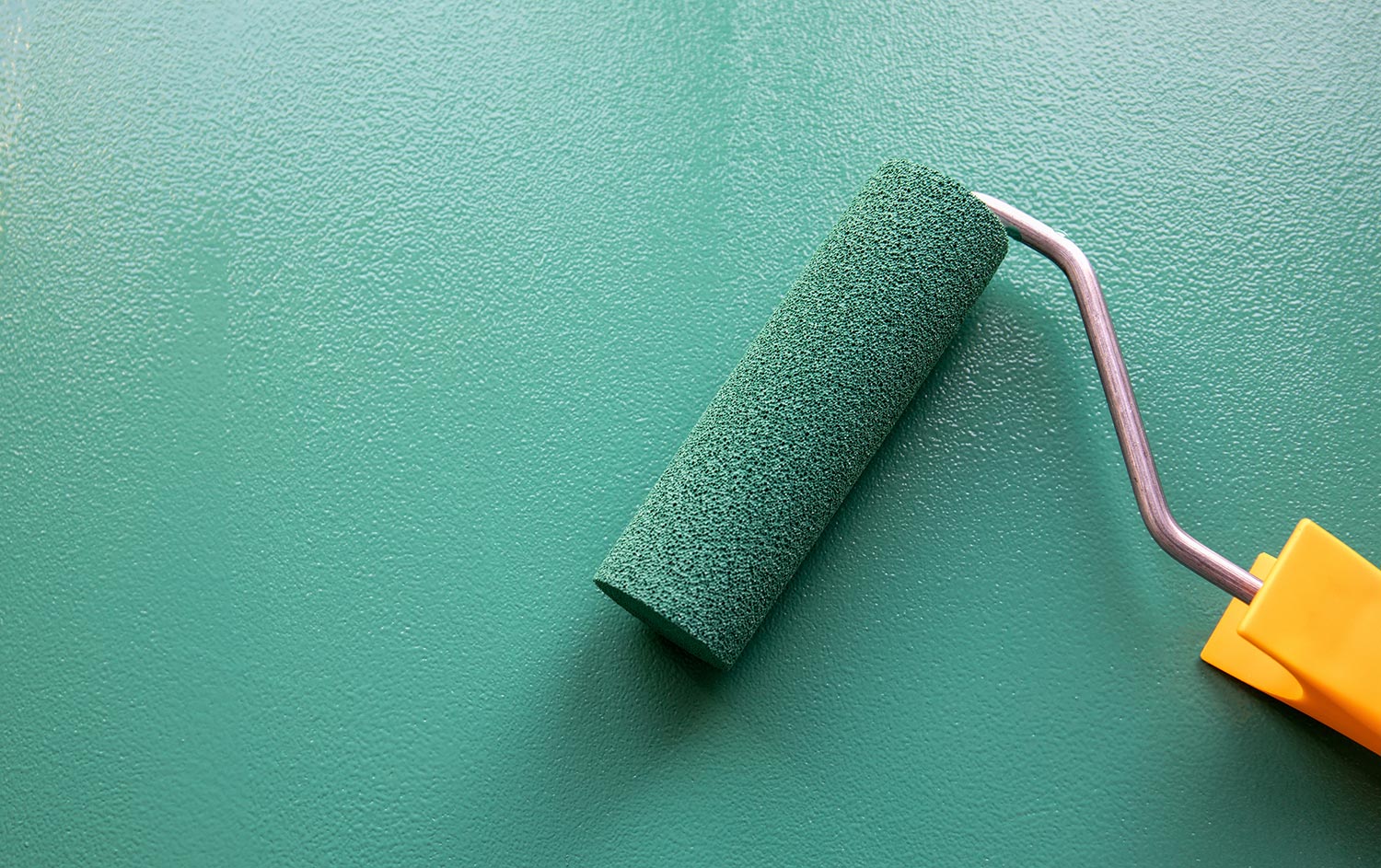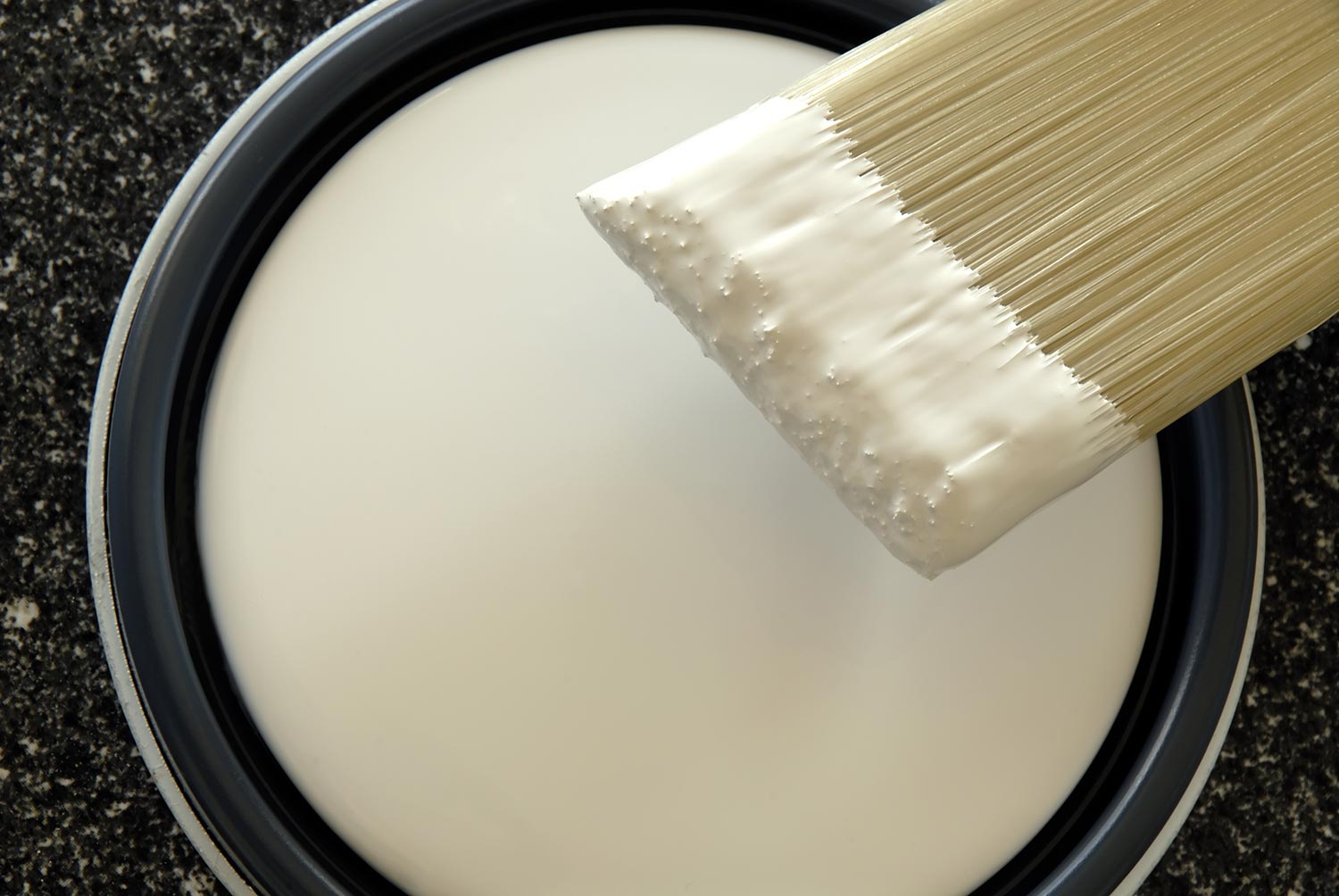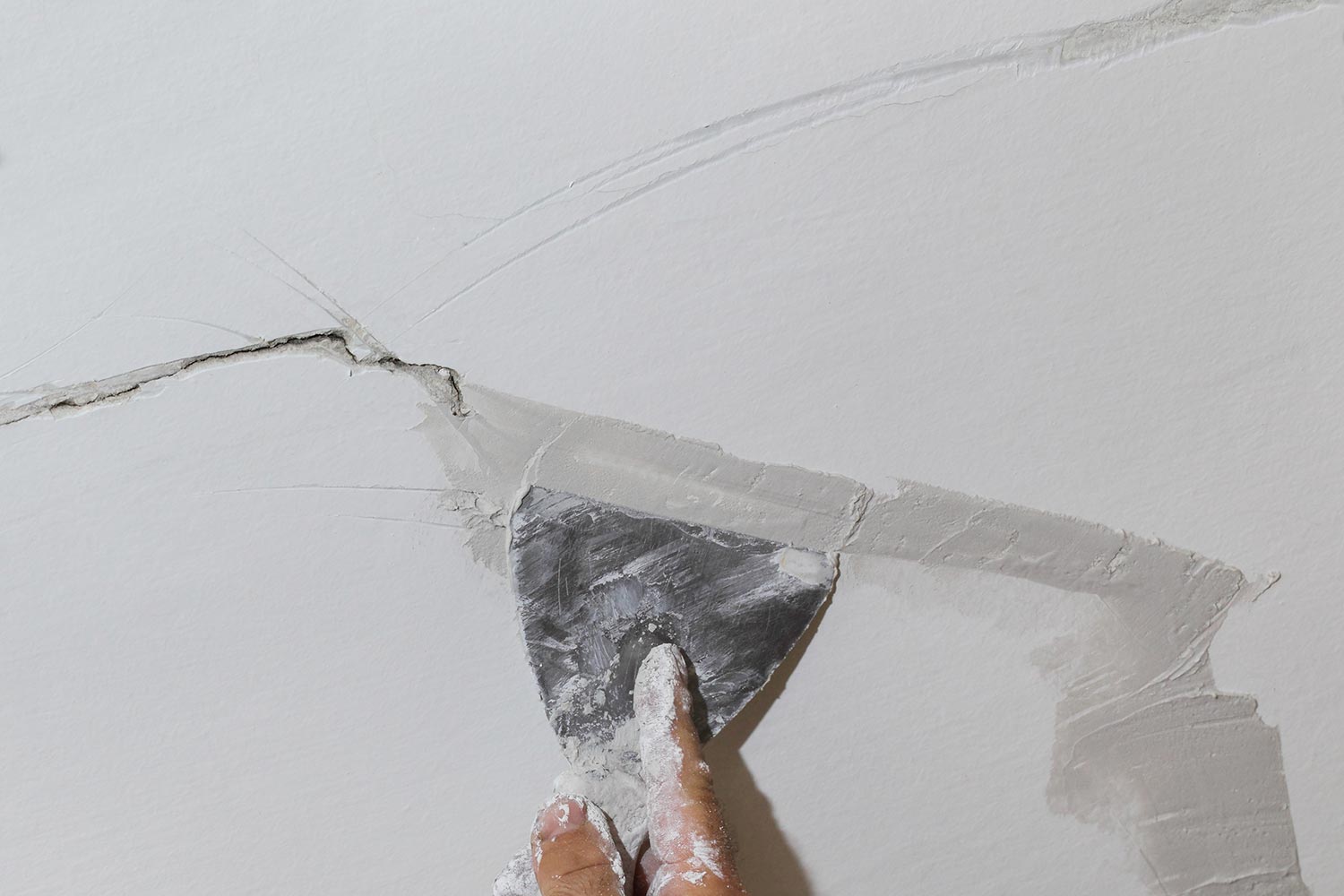Plastered walls are common in older homes. Compared to drywall, this type of wall is initially more durable and better at dampening sound. However, you may have questions about the best paint options for plastered walls. We did the research to bring you the answer.
When it comes to painting plastered walls, you need to consider the base of your paint choice and what type of finish is best. Choose from the following options when painting a home with plastered walls:
- Popular options include acrylic, acrylic latex, latex, water-based, and oil-based paint.
- Decide on whether your walls should have a matte, semi-gloss, high-gloss, eggshell, or satin finish.
Before you fall in love with the perfect color paint and bring it home, make sure it is suitable for plastered walls. In this post, we'll talk more about the qualities of plastered walls, whether you need to prime walls before painting, and ideal finishes. Discover how to apply a beautiful wall treatment with paint that fits your aesthetic and lifestyle. Read on to learn helpful tips for painting on plaster and how to ensure a seamless wall treatment.

Best Paint Choices For Plastered Walls
Plastered walls were a popular choice for older homes and hold up quite well over time. However, these sturdy walls with a composition of multiple layers of material are at risk of deterioration and sustaining damage from moisture over time.
Compared to modern drywall, which is lighter and easier to paint quickly, plastered walls require some finesse and patience. It is important to inspect and repair plastered walls and apply a primer before putting down coats of paint.
Do consider how your choice of finish will reflect light in your room, fit in with your personal aesthetic, and last over time. Don't rush your paint job on plastered walls; be sure to thoroughly investigate the best paint choices for your space.
We sometimes add affiliate links and content that was curated and created by our team with the help of advanced ai tools to help showcase the best design styles.

Keep in mind that, over the years, plastered walls continue to harden and cure, which causes them to become more brittle than drywall. If you do not prep your plastered walls before adding paint, the layers may chip, crack, or peel off easily.
Can You Paint Plastered Walls?

Plastered walls are considered thirsty and absorb paint. Be prepared and gradually build up layers of the paint medium on your walls. Add primer first to seal out moisture and improve the adhesion of paint to reduce chips or peeling.
If you want to have a bit of fun with your walls, try painting on wet plaster with water-based paint. The plaster and the water-based paint will come together and dry as one cohesive surface, creating a solid finish.
If you decide to paint directly onto plastered walls without preparing them to accept a coat of paint, you may be disappointed. Plastered walls that are not primed are likely to leave new coats of paint peeling away, cracking, or chipping off later.
Apply paint to plastered walls using a variety of short or long strokes with a paintbrush or roller to create the desired look. Depending on your lifestyle, choose from a washable paint with a high gloss or an understated matte finish.
Paint Types And Finishes For Walls

If you want beautiful plastered walls or to revive an old home to its formative glory, you need to understand paint and finishes. How you approach painting your walls and working with plaster will create different results.
You will most likely want to use high-quality latex, acrylic latex, or acrylic paint. Some people like using water-based paint on plaster, especially if it is wet.
The finish for your wall will impact how light is reflected in a room and the appearance of a wall's surface. Consider how an eggshell, satin, matte, high-gloss, or semi-gloss finish will change the dynamic and visual interest of your space.
Increase the performance, durability, and drama of your walls before putting down a coat of paint or creating the perfect finish. Make sure to repair old plastered walls, seal out moisture, and encourage the adhesion of your medium.
Helpful Painting Tips
If you want to hide any flaws on older walls, opt for a matte or flat finish. Use a roller or paintbrush to apply paint to your walls. Some suggest using a paintbrush with synthetic fibers or a roller with a cover that is 1/4 to 3/8 of an inch.
Experiment with different finishes and special techniques to create more texture on your walls. Before you add your desired coat of paint, add a mist coat to the plaster to reduce the chance of peeling or chipped paint layers.
If you wish, consider adding a new layer of plaster to older walls after patching up any preexisting damage. Also, a coat of high-quality latex paint works best on plastered walls and holds up well over time, especially a water-resistant brand.
Make sure to keep your workspace well ventilated and give coats of paint enough time to dry. Also, follow the manufacturer's directions when applying primer, sealant, or paint.
Read More: 10 Types Of Paint Finishes For Walls
Should You Prime Plaster Before Painting?
Over time, older plastered walls are more susceptible to cracking, peeling, and moisture. It is a good idea to put down a high-quality primer or sealant to lock out moisture, protect against stains, and improve the longevity of your paint job.
After adding primer, use latex or acrylic paint to cover your walls. Use at least two to three thin, even layers of paint. Before you add a medium like paint or sealant, ensure your walls are in good repair and clean.
Stick to the highest quality sealant or primer, preferably one that is oil based to lock out moisture, prevent stains, and improve paint performance and durability.
All plaster is not the same. Get familiar with the type of plaster used on your walls and how to best work with it when painting. There is cement plaster, lime plaster, clay plaster, plaster of Paris, and heat-resistant plaster.
Check out this primer on Amazon.
Can You Paint Straight Onto Old Plaster?

You can certainly paint directly onto old plaster. However, make sure to clean up your walls and smooth out any problems like holes, cracks, or crumbling areas that need patching before putting down any paint.
Because plaster is a substance that loves to absorb paint, you may want to add a layer of primer first. Don't think you will be able to apply only one layer of paint, even if you get a 3-in-1 paint that includes sealer, primer, and the topcoat.
Be patient and take your time when painting old plaster to achieve the right amount of depth and pigment concentration on your walls. Work carefully and apply an even layer of paint with each pass until you are satisfied.
Check out this paint roller set on Amazon.
What Kind Of Paint Will Stick To Plaster?
If you have plastered walls, you will want to use acrylic latex, latex, or acrylic paint. If you want to use water-based paint, you may want to paint on wet plaster. Wet plaster will absorb and blend with water-based paint for a nice look.
Some paints may stick to plaster without the need of priming the walls first. Make sure to use thin coats when applying paint. It is preferable to put down a minimum of two to three coats for an even, polished finish for plastered walls.
Keep in mind that, unlike drywall which isn't incredibly absorbent, plastered walls will want to soak up a lot of paint. Thus, you will want to apply enough layers of paint to get the look you want for your space.
Because plaster loves to absorb paint, you may wish to put down primer to seal off moisture. Also, address any areas that need patching and evening out before painting. Consider using a shellac or oil-based primer for best results.
Check out this latex paint on Amazon.
In Closing
We hope you now have a better understanding of your plastered walls and the best paint choices for a wall treatment. Plastered walls are a charming and desirable feature often found in older homes, and they take paint well.
You can apply a durable, high-quality paint that is acrylic, acrylic latex, latex, or even one that is water based on plastered walls. Don't forget to choose a beautiful matte, high-gloss, or a satin finish to bring out your wall's beauty.
Before you go, you won't want to miss reading the following helpful articles:



